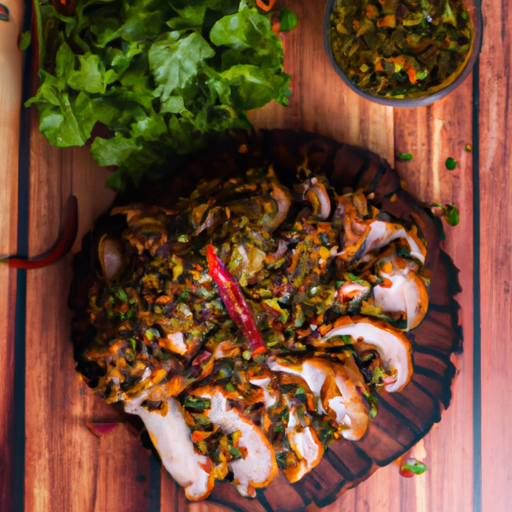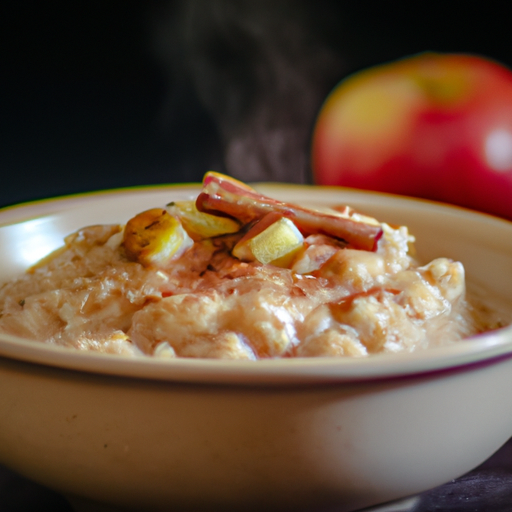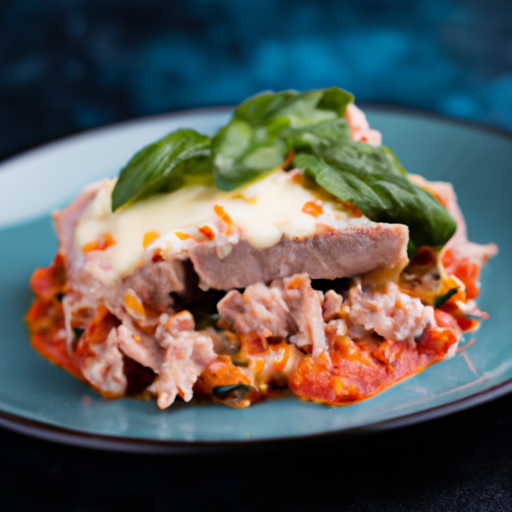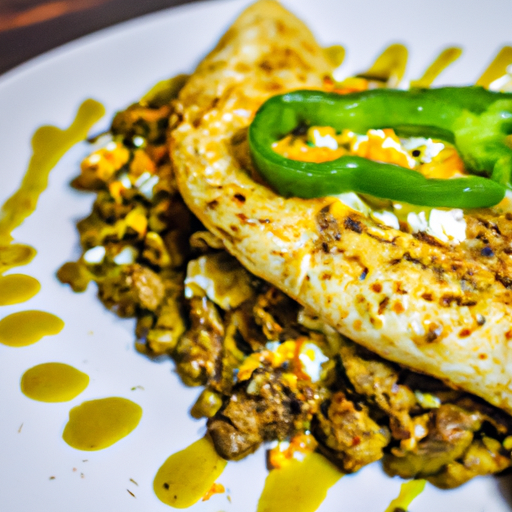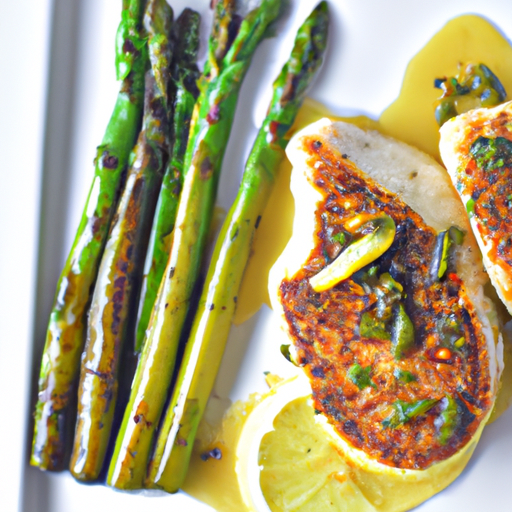Spicy-Sweet Pork Tenderloin
A descriptive and objective overview of the preparation and cooking process for spicy-sweet pork tenderloin is provided.
Historic background on pork tenderloin is discussed, followed by an examination of the necessary ingredients and instructions for its creation.
Temperature control during cooking is explored to ensure optimal results.
An academic style of writing that eliminates personal pronouns is used to inform readers about the culinary techniques involved in preparing this delectable dish.
Pork Tenderloin History
The history of pork tenderloin dates back to ancient civilizations, where it was a common food item and used as a form of currency. Known as the ‘other white meat,’ pork tenderloin is a lean cut of meat that comes from the muscle running alongside the backbone of the pig.
Throughout history, this cut of meat has been appreciated for its tenderness and flavorful qualities. Ancient cultures valued pork tenderloin for its versatility in cooking methods and for its nutritional value, providing a beneficial source of protein and essential nutrients.
Today, pork tenderloin continues to be a popular ingredient in many cuisines, praised for its succulence when cooked properly.
Ingredients
To prepare the dish, collect the necessary components for the recipe. The ingredients required for making spicy-sweet pork tenderloin are as follows:
- Pork tenderloin: Lean cut of meat with tenderness and mild flavor.
- Spices: A combination of chili powder, paprika, cayenne pepper, and black pepper adds a fiery kick.
- Sweetener: To balance out the heat, use brown sugar or honey.
- Sauce: Soy sauce, Worcestershire sauce, garlic, and ginger bring depth of flavor.
These ingredients work together to create a harmonious blend of spiciness and sweetness with every bite. The spices offer a bold and invigorating sensation while the sweetener adds a touch of indulgence. With each mouthful coated in the flavorful sauce, this dish promises a satisfying culinary experience.
Instructions
For the preparation of this dish, assemble the necessary components mentioned in the preceding section. Once you have these ingredients, follow the instructions below to create a flavorful spicy-sweet pork tenderloin:
-
Preheat your oven to 375°F (190°C) and cover a baking sheet with aluminum foil.
-
In a small bowl, mix together 1/4 cup of brown sugar, 2 tablespoons of soy sauce, 1 tablespoon of Dijon mustard, and 1 teaspoon each of minced garlic and ginger.
-
Spread the mixture evenly over a trimmed pork tenderloin.
-
Place the pork on the prepared baking sheet and roast for about 25-30 minutes or until it reaches an internal temperature of 145°F (63°C).
This method of cooking will guarantee that your pork tenderloin is cooked through while maintaining its spicy-sweet flavor profile.
Enjoy!
Cooking Tips: Temperature Control
Achieving accurate temperature control during the cooking process is essential for guaranteeing that the pork tenderloin is cooked evenly and to the desired level of doneness. Using a food thermometer to monitor the internal temperature of the meat is recommended. The recommended internal temperature for pork tenderloin is 145°F (63°C) with a resting time of 3 minutes. If the pork tenderloin is overcooked, it can become dry and tough, while undercooking may lead to potential health risks due to bacteria presence. It is important to bear in mind that cooking times may vary due to the size and thickness of the tenderloin. By following temperature guidelines and regularly checking the meat’s internal temperature, chefs can consistently achieve perfectly cooked pork tenderloin.
Table: Recommended Internal Temperatures for Pork Tenderloin
| Level of Doneness | Internal Temperature (°F) | Internal Temperature (°C) |
|---|---|---|
| Rare | 135-140 | 57-60 |
| Medium Rare | 140-145 | 60-63 |
| Medium | 145-150 | 63-66 |
| Medium Well | 150-155 | 66-68 |
| Well Done | >155 | >68 |
Note: These temperatures are based on recommendations from food safety authorities.
Final Thoughts
In conclusion, accurate temperature control and the use of a food thermometer are essential steps for properly cooking pork tenderloin.
Temperature control prevents the growth of harmful bacteria, while a food thermometer allows one to accurately measure the internal temperature of the meat. Failing to do so can lead to foodborne illnesses such as trichinellosis or salmonellosis.
Furthermore, using accurate temperature control and a food thermometer helps achieve the desired level of doneness and tenderness in pork tenderloin.
For this reason, incorporating these practices into one’s cooking routine is essential for both safety and quality.
Frequently Asked Questions
Can I Substitute Pork Tenderloin With Another Cut of Meat for This Recipe?
Substituting pork tenderloin with another cut of meat in the mentioned recipe might be feasible, depending on the desired outcome. It is recommended to choose a similar lean and tender cut to maintain the texture and taste of the dish.
How Can I Make This Recipe Vegetarian or Vegan?
To make the recipe vegetarian or vegan, you can replace the pork tenderloin with plant-based alternatives such as tofu, tempeh, seitan, or even a variety of mushrooms. Adjusting the spices and marinade accordingly will help maintain the desired flavor profile.
Can I Make This Recipe in a Slow Cooker or Instant Pot?
The use of a slow cooker or instant pot to prepare the recipe in question is a topic of interest. Exploring the feasibility and potential benefits of this cooking method would be valuable.
What Side Dishes Would Pair Well With This Spicy-Sweet Pork Tenderloin?
When considering side dishes to pair with a spicy-sweet pork tenderloin, it is important to find complementary flavors and textures. Options such as roasted vegetables, a fresh salad, or steamed rice can provide balance and enhance the overall dining experience.
How Long Can I Store the Leftovers in the Refrigerator?
The storage duration of leftover spicy-sweet pork tenderloin in the refrigerator is influenced by various factors. These include proper handling, temperature control, and overall food safety practices. Understanding these considerations can help determine the optimal storage period for leftovers.
